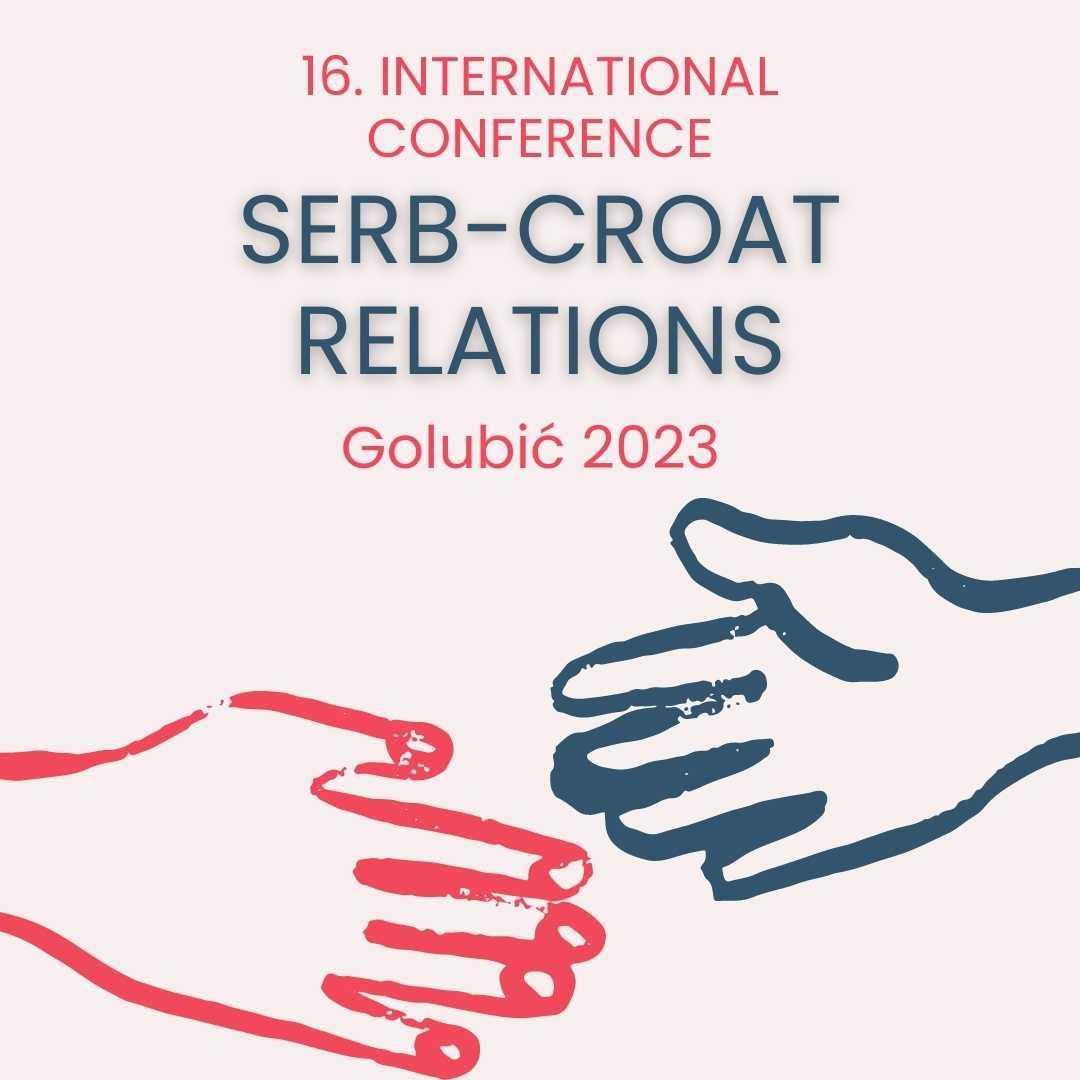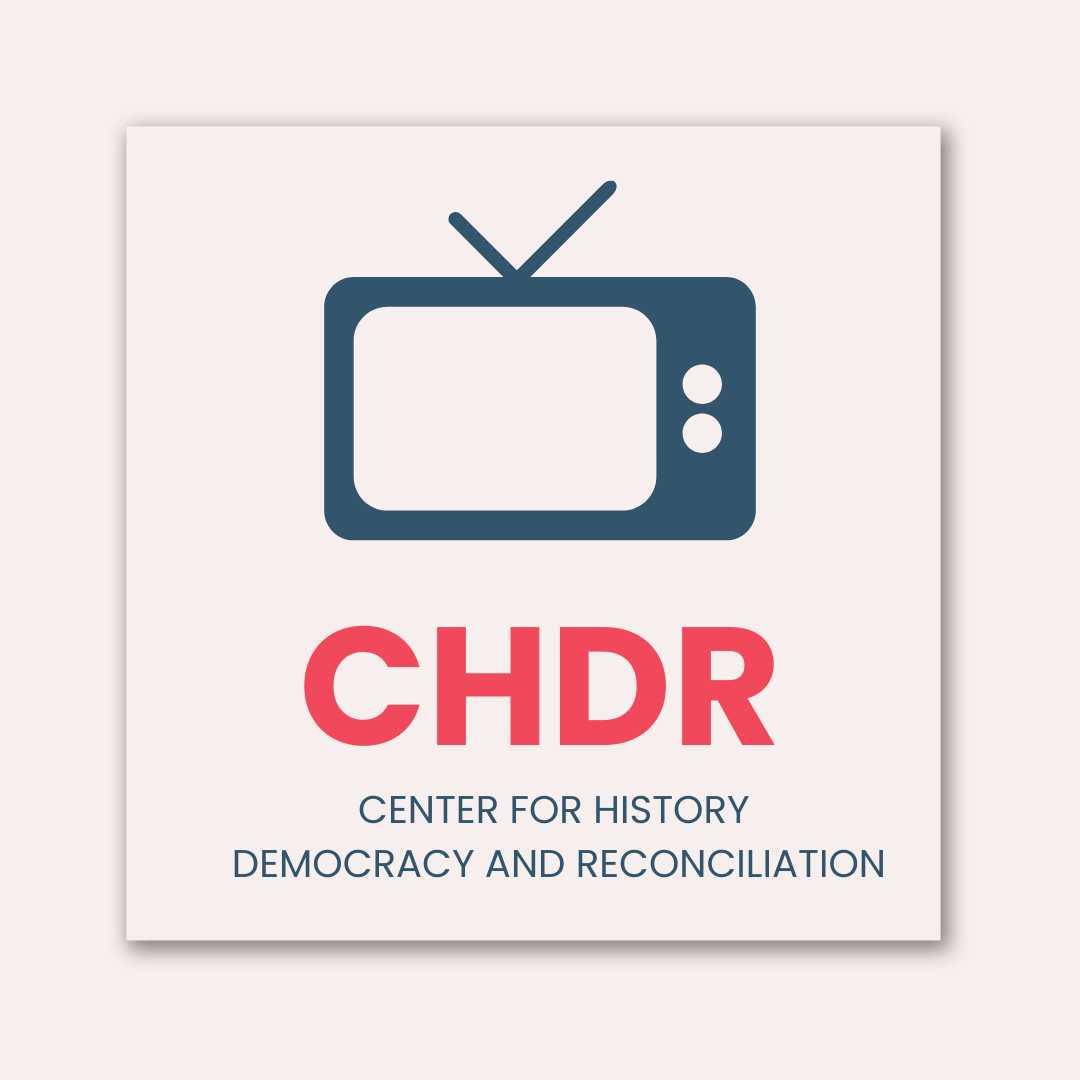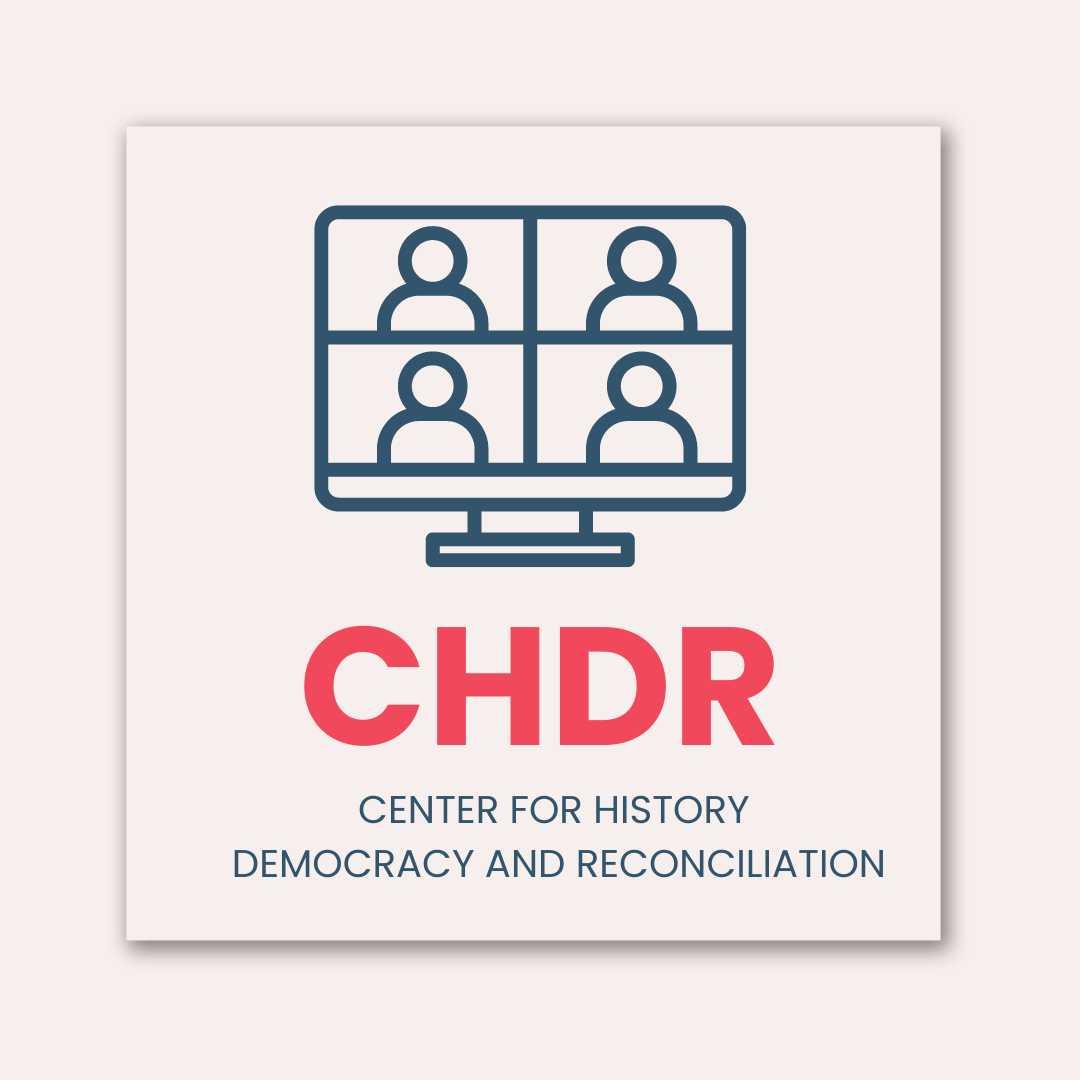History of Yugoslavia in the 20th century
Facing the past, the way to the future
The Center for History, Democracy and Reconciliation in cooperation with the Institute for Historical Justice and Reconciliation from The Hague held two international scientific meetings this September. The meetings were held in Opatija (Croatia) and Belgrade (Serbia). The theme of the meeting is “Facing the past, the path to the future – the history of Yugoslavia in the 20th century”.
The meetings were attended by scientists mainly from the countries of the region: from Serbia, Croatia, Bosnia and Herzegovina and Macedonia, but also from Italy and England.
Two teams of the mentioned project met in Opatija: “Political myths and the construction of nations in Yugoslav and post-Yugoslav states” and “Collaboration and resistance in Serbia and Croatia (Yugoslavia) during the Second World War”.
Political myths and the construction of nations in the Yugoslav and post-Yugoslav states
In the presentations on myths, politics and ideology, the prevailing opinion was that in the territory of the former Yugoslavia, the so-called – ethnic myths.
Within the framework of ethical myths, the role of myths about the chosen people and the promised land is particularly emphasized.
Prof. Dr. Darko Gavrilović opened this dialogue with a basic statement: “In order to understand how political myths are created, we must understand ideologies. They determine political myths. An objective view of political history, within which we deconstruct political myths, is the way to understanding the manipulative processes that led the world through wars and hatred in the past more than two hundred years. By understanding and deconstructing political myths, we hinder ideological deceptions that are still present today.
Dealing with the past for historians, it is a process that also includes the deconstruction of political myths. In order to see the past objectively, deconstructing them is not enough. We also need to face the dominant narratives that want to whiten the dark pages of their own past by forgetting the crime. We must adapt the contents of the culture of memory to our needs without offending others.
Only by unifying the efforts of historians in order to overcome the three problems mentioned above, we can begin the complete process of regional stability and reconciliation through history as a science.
Myth and politics are inextricably linked, because politics can hardly be imagined without the use of myths. Professor Aleksandar Bošković insisted on the importance of these connections. On that occasion, he pointed out that there is a whole series of divisions of political myths: the myth of a chosen origin, the myth of a brave nation, the myth of origin, the eschatological myth of a bright future, the myth of a united Europe. The language of daily politics is so connected and intertwined with the mythical to such an extent that it is almost impossible to understand it without this “supernatural” or “irrational” element.
Twenty years after the war and the process in which the former Yugoslav federation was replaced by several independent states that constructed themselves as nations, debates continue about the character of these changes and the newly created creations remain unarticulated.
The destroyed socialist federation was an enigma not only according to the experimental political-economic model, but also as a “multinational nation”.
Nations emerged from it, according to Prof. Dr. Vjekoslav Perica, they are unfinished products in the process of construction. This research project believes that in order to analyze that process, it is necessary to comparatively analyze the former state. The subject of that analysis will be the legitimization of the nation as a political and ethnic community through history, which in particularly extreme cases of ethnic nationalism is reduced to a conglomeration of historical-political myths.
Focusing on the situation in the former Yugoslavia after 20 years since the turning point in 1989. year, this project will answer “who is who” in these areas today, but emphasizing the transience and changeability of these collective identities. In this context, concluded Vjekoslav Perica, various peace-building activities should be viewed as often missed, as they tend to freeze and cement something that cannot be frozen or cemented.
By doing so, they repeat the mistake of Titoism – pushing the conflict under the carpet. Normalization and the creation of conditions for reconciliation can only occur if the character and source of the conflict is properly understood, at least as far as historical-mythical engineering is concerned, and incompatible and irreconcilable myths are eliminated from it.
Collaboration and resistance in Serbia and Croatia (Yugoslavia) in the Second World War
The topic of resistance to the fascist occupation of the Kingdom of Yugoslavia in April 1941. and still lingering doubts about the collaboration of certain peoples, that is, their movements with the Axis powers, came to the fore again at the beginning of the 90s of the last century.
This was clearly seen from the (mis)use of the media in 1989-91. years. At that time, each nation in the SFRY pursued national cohesion primarily at the expense of historical knowledge, and a path was sought for the creation of independent states. The members of this team emphasized the importance of re-examining the role of the resistance movement and collaborators of the occupiers, while insisting that it should primarily be guided by archival sources and scientifically based opinion.
Scientific papers from the conference "History of Yugoslavia in the 20th century" in PDF format:
- Darko Gavrilović: Slovenian national identity - The myth of Karantania and the Counts of Celje
- Aleksandar Bošković: Myth, politics and ideology: some theoretical assumptions
- Ana Dević: Waking the Dead (Who May Never Die): Ethnonationalist Politics of Dead Bodies and Graves in the War- and Post-War Serbia
- Ana Ljubojević: Transitional justice mechanisms and dealing with the past in Serbia and Croatia
- Davor Pauković: Basic elements of Serbian and Croatian newspaper discourse on the Second World War in the context of events in Croatia (1989 - 1991)
- Filip Škiljan: Researching the Second World War using the method of oral history in certain regions of Croatia (examples from Hrvatski Zagorje, Western Slavonia and Gorski Kotar)
- Gorica Atanasova: The role of public intellectuals in the process of Democratization and the Development of multiculturalism in post conflict Macedonia
- Milan Ristović: Collaboration in Serbia in World War II
- Vjekoslav Perica: Twilight of pan-Slavic myths
- Mile Bjelajac: Historiography of the Civil War in Yugoslavia 1941-1945. Comparative research
- Vjeran Pavlaković: Collaboration and Resistance: The Comparative Culture of Memory and Yugoslavia's Contested World War Two Past
- Aleksandra Đajić Horvat: Mixed Discourses on Mixed Blood: Yugoslav Mythical Terrains of Blood and Nation
- Kosta Nikolić: On the causes of the outbreak of the civil war in Serbia in 1941.





